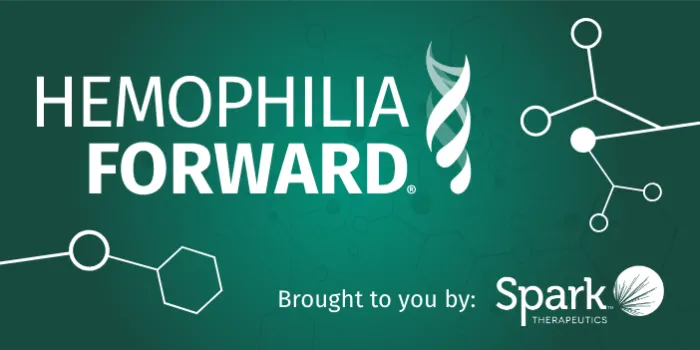The previous two parts of this series, Understanding the Journey of Gene Therapy Clinical Trials for Hemophilia and Is Participation in a Clinical Trial a Good Option for Me? covered what gene therapy is designed to do and what should be considered when deciding whether to enroll in a clinical trial. Now let’s look at the way investigational gene therapy clinical trials for hemophilia are conducted.
Screenings that may be required
Before beginning a clinical trial, potential participants are screened to determine who is eligible (inclusion criteria) or ineligible (exclusion criteria) to participate in the trial. Because clinical trials differ, they typically have different screenings. That means if you are not eligible for one clinical trial, you may still be eligible for another. Here are just a few screening criteria to know about.
![]()
Severity of Hemophilia
To date, most clinical trials have restricted enrollment to only those people who have less than or equal to 1-2% clotting-factor activity.
![]()
Overall Health History (ie, health of liver)
Each clinical trial may have different enrollment criteria as they relate to other medical conditions, including HIV, active Hepatitis C infection, and overall health of the liver.
![]()
Neutralizing Antibodies
A common screening for hemophilia is for preexisting neutralizing antibodies, commonly called NAbs. NAbs indicate prior exposure to the adeno-associated virus (AAV) used in gene therapy; if present, you may not be eligible for a specific clinical trial.
Infusion day and beyond
![]()
Dose
A gene therapy dose is measured in a different way, by the number of vectors, using vector genomes (vg) per kilogram (kg) of body weight, or vg/kg. The dose can contain hundreds of millions (or trillions!) of vectors. When dosing involves such large numbers of vectors, the amount given may be different between clinical trials.
![]()
Type of Vector
If you recall from our previous article, in gene therapy clinical trials for hemophilia, the new functional gene is delivered commonly by an AAV vector. A participant’s eligibility may be affected if they have preexisting NAbs to the type of AAV being used in the trial.
![]()
Assessment Measures
Assessment measures, or endpoints, used to measure safety and efficacy may be different in clinical trials. Some examples of endpoints in investigational gene therapy clinical trials for hemophilia include:
- Bleeding episodes or ABR (annual bleed rate): how many occur
- Factor level: measuring how much of a specific blood clotting factor is produced
- Factor infusions: how many may be needed after gene therapy administration
Check out ClinicalTrials.gov to see additional endpoints that are available for gene therapy clinical trials.
![]()
Follow-ups After the Clinical Trial
For the first few months there will be many appointments for blood draws to collect data. These appointments are an important aspect to help your study team fully understand and identify the safety and effectiveness of a gene therapy. For that reason, endpoints are routinely monitored during clinical trials and beyond.
Although our three-part series has finished, you can keep learning about gene therapy research at Hemophilia Forward® and check out frequently asked questions about gene therapy clinical trials that people in the hemophilia community are asking.


